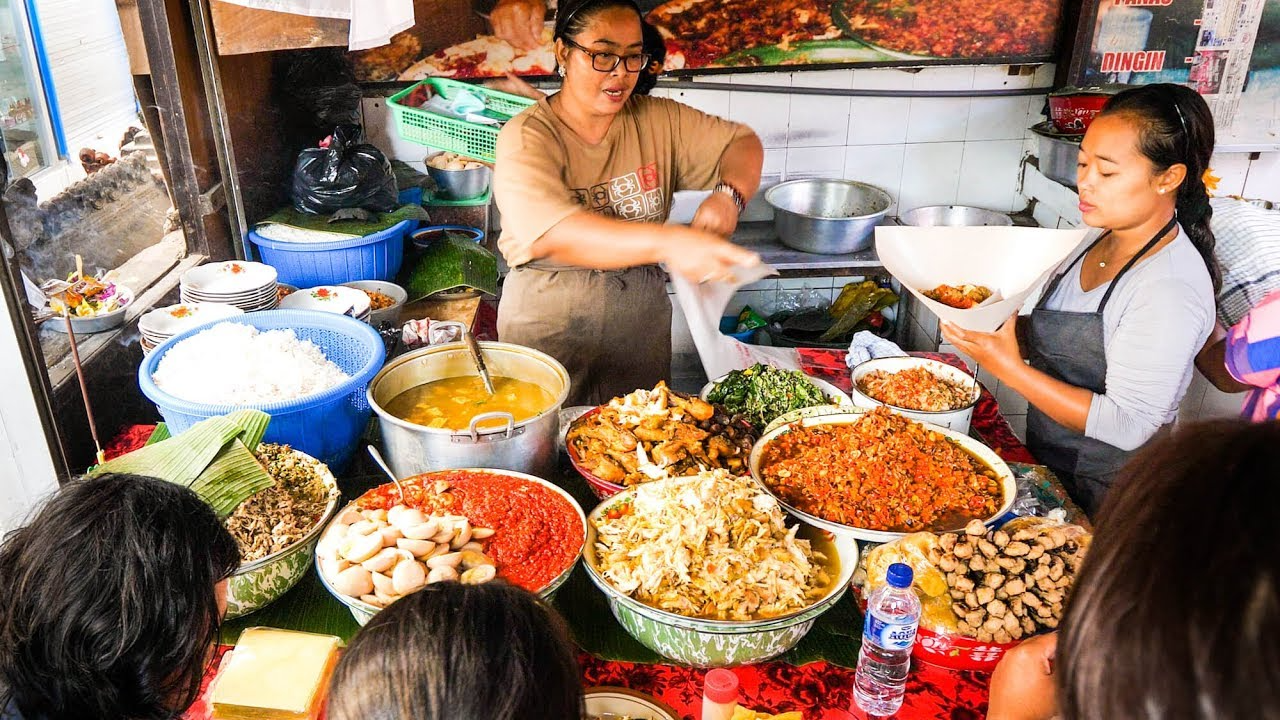Street food in Indonesia is more than just fast, convenient meals; it reflects its culture and culinary diversity. From Jakarta’s busy streets to Yogyakarta’s lively markets, Indonesian street food offers an exquisite array of flavors and experiences you won’t miss!
The Appeal of Street Food
Indonesian street food is revered not only for its taste but also for the cultural experience it affords. Vendors typically cook meals right before your eyes using fresh and locally sourced ingredients, and this sensory experience—sizzling sounds, tantalizing aromas, vibrant ingredients—creates an exciting yet welcoming atmosphere. Inexpensive street food brings together families and friends for shared memories, further adding to its cultural significance.
Iconic Street Food Dishes
Indonesian street food culture is extremely diverse, with each region offering its specialties. Popular dishes in Indonesian street food scenes include:
Satay (Sate): When prepared properly, these delectable pieces of meat skewered on skewers and grilled to perfection before being drizzled with rich peanut sauce offer unique flavor profiles. Common types include chicken, beef, and lamb variants of Satay dishes that come to life on your plate!
- Nasi Goreng: Nasi Goreng is Indonesian cuisine’s take on fried rice. It is a favorite at street food markets and has customized flavor profiles.
- Bakso: These meatballs, typically composed of either beef or chicken, are served in a hot broth along with noodles, tofu, and vegetables. Bakso vendors usually offer an array of condiments to enhance its flavor.
- Martabak: Martabak is a type of stuffed pancake available in sweet and savory varieties. Sweet martabaks feature ingredients such as chocolate, cheese, and peanuts, while savory versions can include minced meat or vegetables for fillings.
The Development of Street Food Culture
Indonesia’s street food landscape has undergone dramatic change over the years. While vendors once operated from carts or small stalls, many now have established more permanent locations or franchises due to the increasing popularity of Indonesian street food. Modern street food markets often feature traditional and unique dishes from vendors showing their creativity.
Social media and food blogs have also played a critical role in shaping street food’s development. Platforms like Instagram and YouTube allow food enthusiasts to share their discoveries and experiences, drawing attention to new vendors. This increased visibility has helped Indonesian street food gain international recognition and become popular among food tourists from all around the globe.
Challenges and Opportunities
Indonesia’s street food industry faces numerous obstacles despite its widespread appeal, including food safety and hygiene concerns, as not all vendors adhere to proper sanitation practices. Efforts have been made to address this through education and regulation reform; many vendors are adopting more hygienic practices and investing in cleaner preparation methods.
Competition among street food vendors can be an additional obstacle in an ever-saturating market. To distinguish themselves, vendors must innovate by creating unique dishes of high-quality standards. This environment also fosters creativity that may spur new food trends or offerings.
Looking Ahead
Indonesian street food looks to have a promising future, with continuing innovation and increased global recognition. As its popularity increases, new trends and technologies may be adopted while upholding traditional principles. Promoting local vendors while strengthening food safety measures is essential for its success and growth in the Indonesian street food industry.

